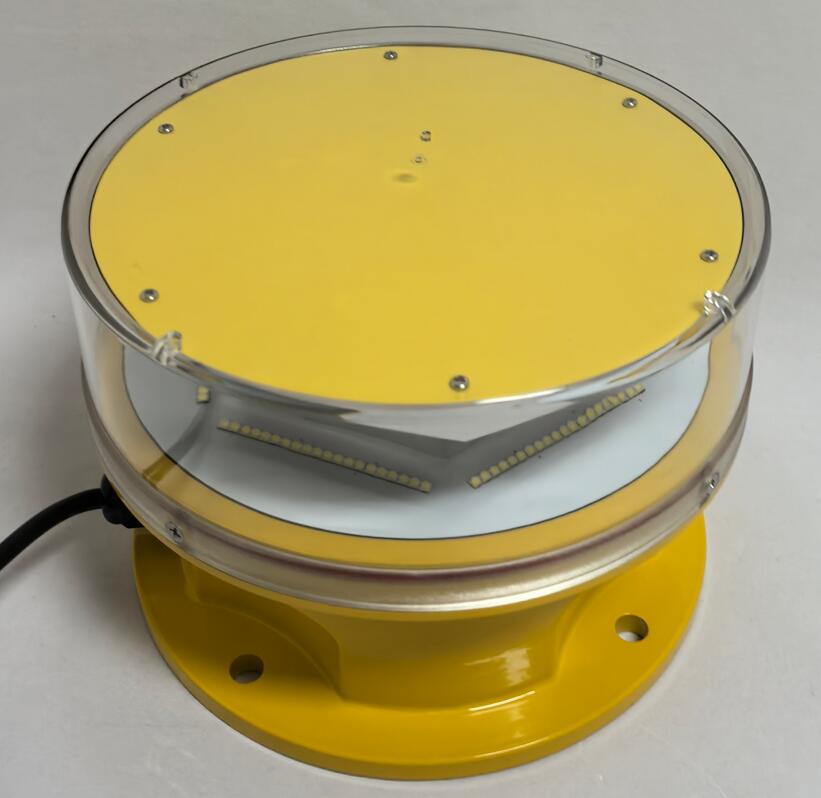Innovations in Building Aircraft Warning Light Technology for Enhanced Safety
Building aircraft warning lights are critical components of aviation safety, ensuring that tall structures such as skyscrapers, telecommunication towers, and wind turbines remain visible to pilots. These lights help prevent collisions, especially during low-visibility conditions. As urbanization accelerates and structures grow taller, the demand for more efficient, durable, and eco-friendly warning lights has increased. This article explores the latest advancements in building aircraft warning light technology and their impact on modern aviation safety.
The Importance of Building Aircraft Warning Lights
The primary purpose of building aircraft warning lights is to alert pilots of obstacles, particularly at night or in adverse weather conditions. Regulatory bodies such as the Federal Aviation Administration (FAA) and the International Civil Aviation Organization (ICAO) mandate their installation on structures exceeding certain heights. Without these lights, tall buildings and towers would pose significant risks to low-flying aircraft, including helicopters and small planes.

Types of Building Aircraft Warning Lights
Several types of warning lights are used depending on the structure’s height and location:
Low-Intensity Lights – Typically used on structures below 200 feet, these steady-burning red lights are sufficient for areas with minimal air traffic.
Medium-Intensity Lights – These flashing white lights are employed on structures between 200 and 500 feet, offering better visibility in both day and night conditions.
| building aircraft warning light |
High-Intensity Lights – Reserved for structures taller than 500 feet, these powerful flashing white lights ensure maximum visibility over long distances.
Technological Advancements in Warning Light Systems
Recent innovations have significantly improved the efficiency and reliability of building aircraft warning lights:
1. LED Technology
Traditional incandescent and halogen lights are being replaced by LEDs due to their longer lifespan, lower energy consumption, and brighter illumination. LEDs also require less maintenance, reducing operational costs.
2. Solar-Powered Solutions
Solar-powered warning lights are gaining popularity, especially in remote areas where grid electricity is unreliable. These systems store energy during the day and operate autonomously at night, making them both cost-effective and environmentally friendly.
| building aircraft warning lights |
3. Smart Monitoring Systems
Modern warning lights now incorporate IoT (Internet of Things) technology, allowing real-time monitoring and remote diagnostics. Maintenance teams receive instant alerts if a light malfunctions, ensuring uninterrupted operation.
4. Adaptive Lighting Systems
Some advanced systems adjust light intensity based on ambient conditions. For instance, brightness increases during fog or heavy rain, enhancing visibility without causing glare.
Regulatory Compliance and Standards
Building aircraft warning lights must adhere to strict regulations set by aviation authorities. The FAA’s AC 70/7460-1L and ICAO’s Annex 14 outline specifications for light intensity, placement, and flash patterns. Compliance ensures uniformity, reducing confusion for pilots navigating different regions.
Challenges and Future Trends
Despite advancements, challenges remain, such as:
Light Pollution – Excessive brightness can affect nearby residents. New designs focus on directional lighting to minimize spillage.
Weather Resistance – Harsh environments require robust materials to prevent corrosion and damage.
Energy Efficiency – Continued research into renewable energy integration is essential.
Future trends may include AI-driven predictive maintenance and drone-assisted inspections to further enhance reliability.
Building aircraft warning lights play a vital role in aviation safety, and technological advancements continue to improve their effectiveness. From LED upgrades to smart monitoring systems, these innovations ensure that structures remain visible while optimizing energy use and reducing maintenance needs. As urban landscapes evolve, the development of smarter, more sustainable warning lights will remain a priority for the aviation and construction industries alike.
By embracing these innovations, we can ensure safer skies for pilots and passengers while supporting sustainable infrastructure growth.
